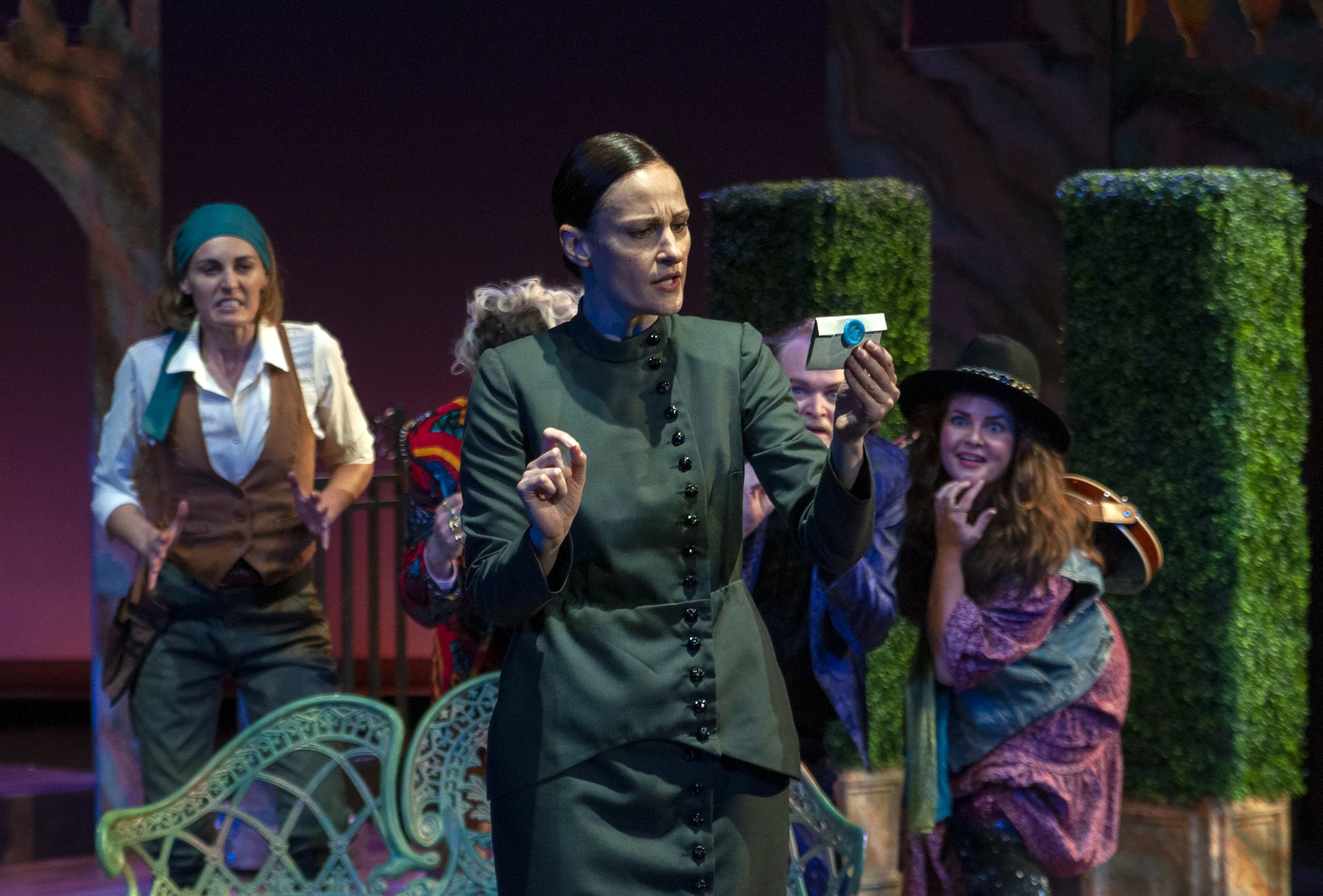
contact us
Leah Gabriel and cast, Twelfth Night, 2021. Photo by Sydney Swanson.
WE HAVE A NEW HOME!
GRSF is now in residence at
The ARC - home of the historic masonic theater
255 main st, winona, mn 55987
Opening soon to the public. Please sign up for our newsletter for further updates!
(507) 474-7900 | boxoffice@grsf.org
